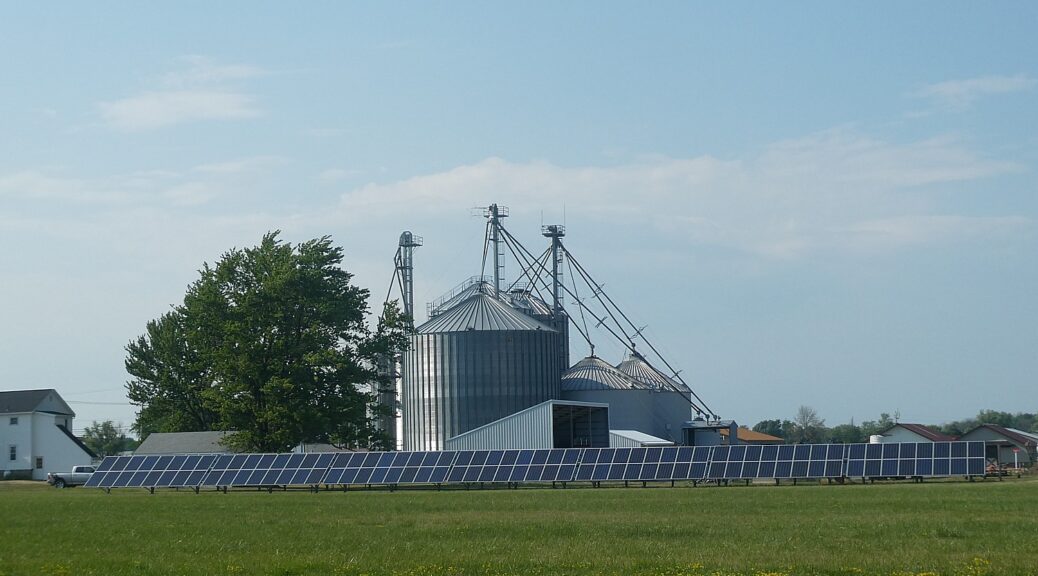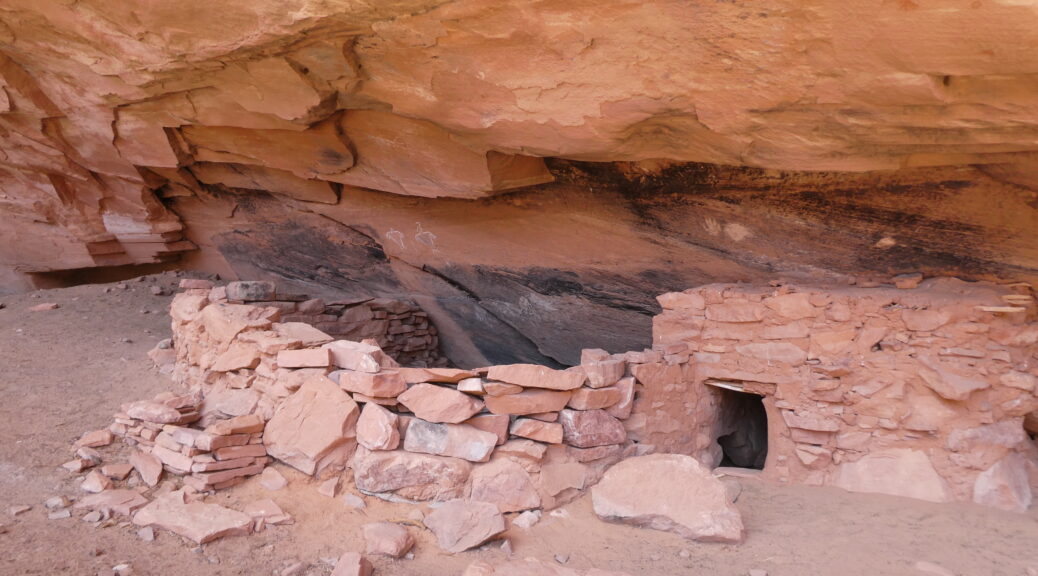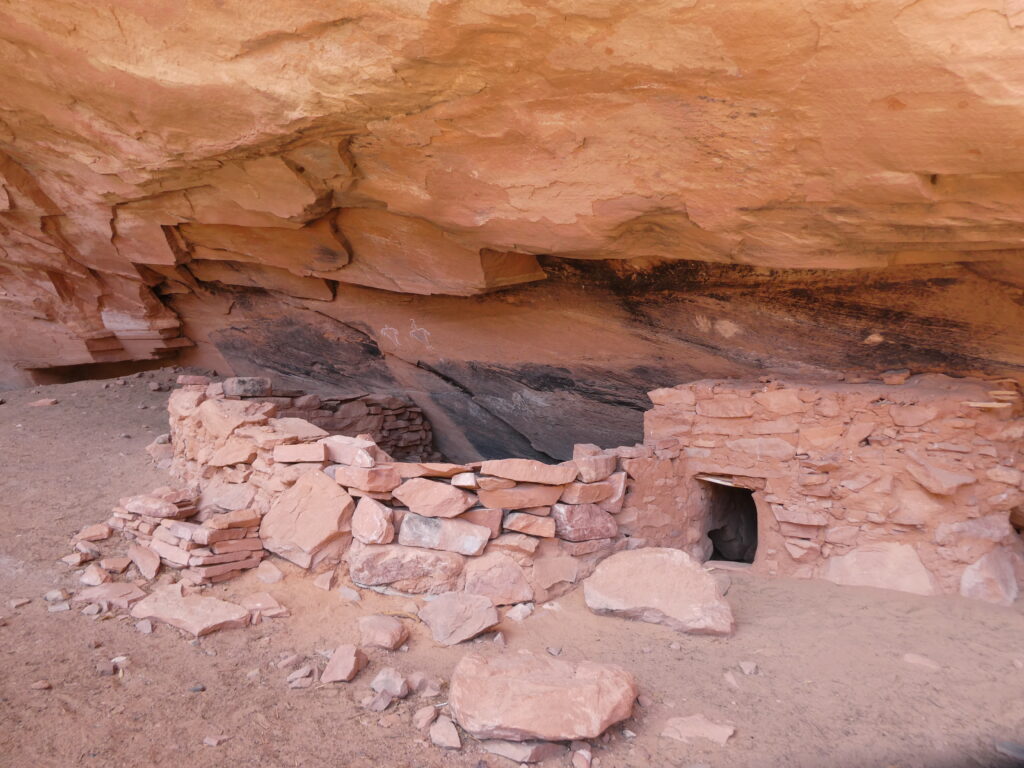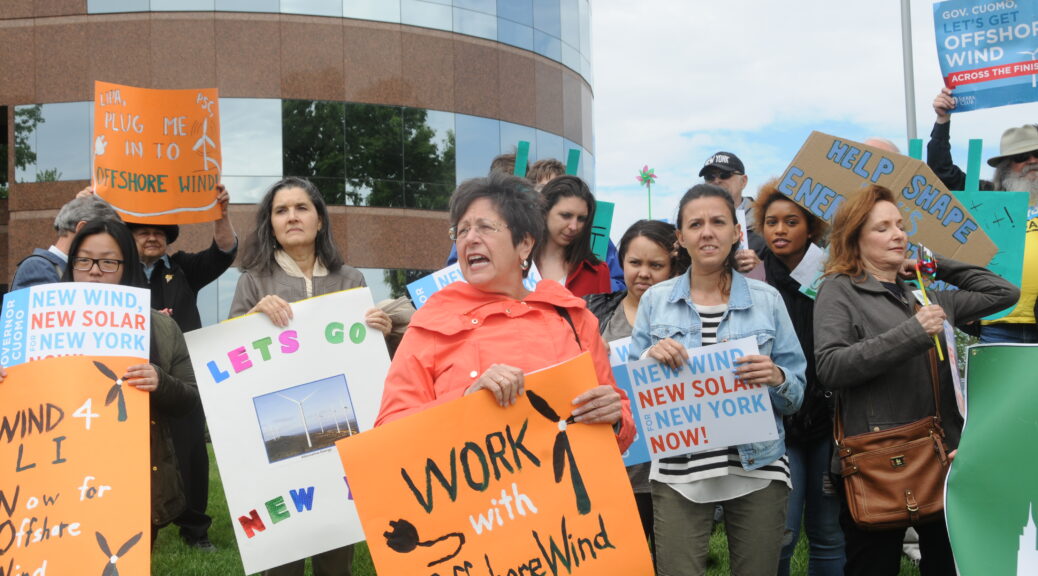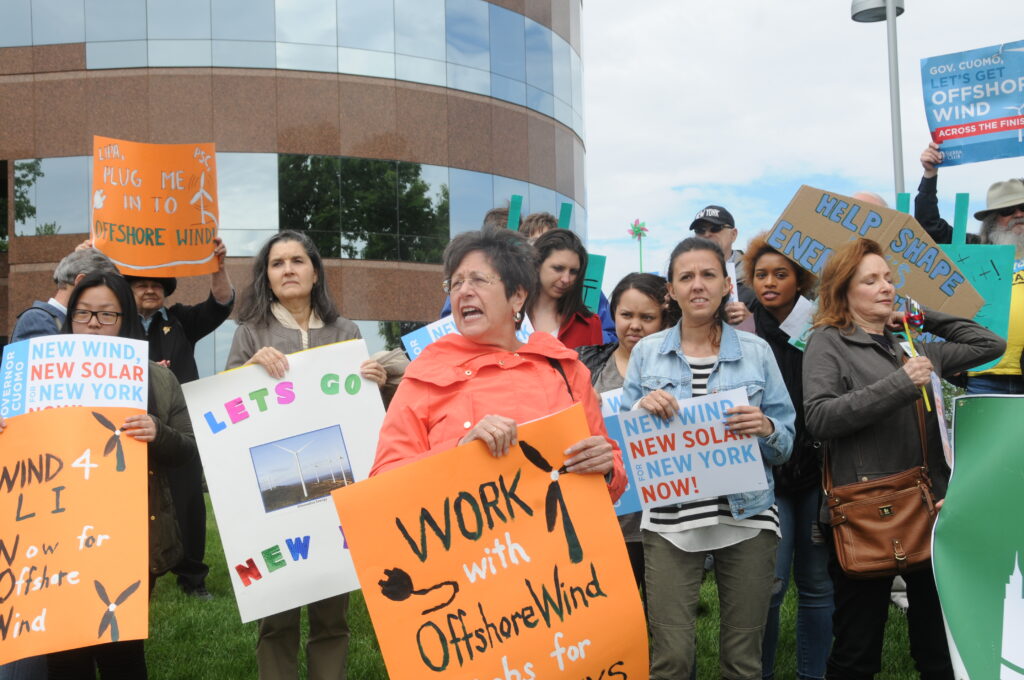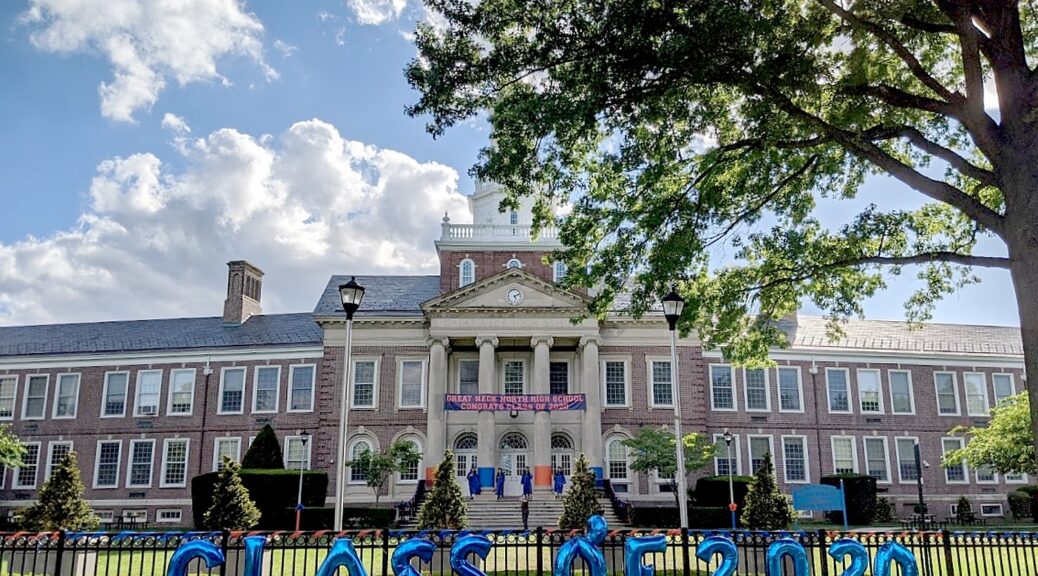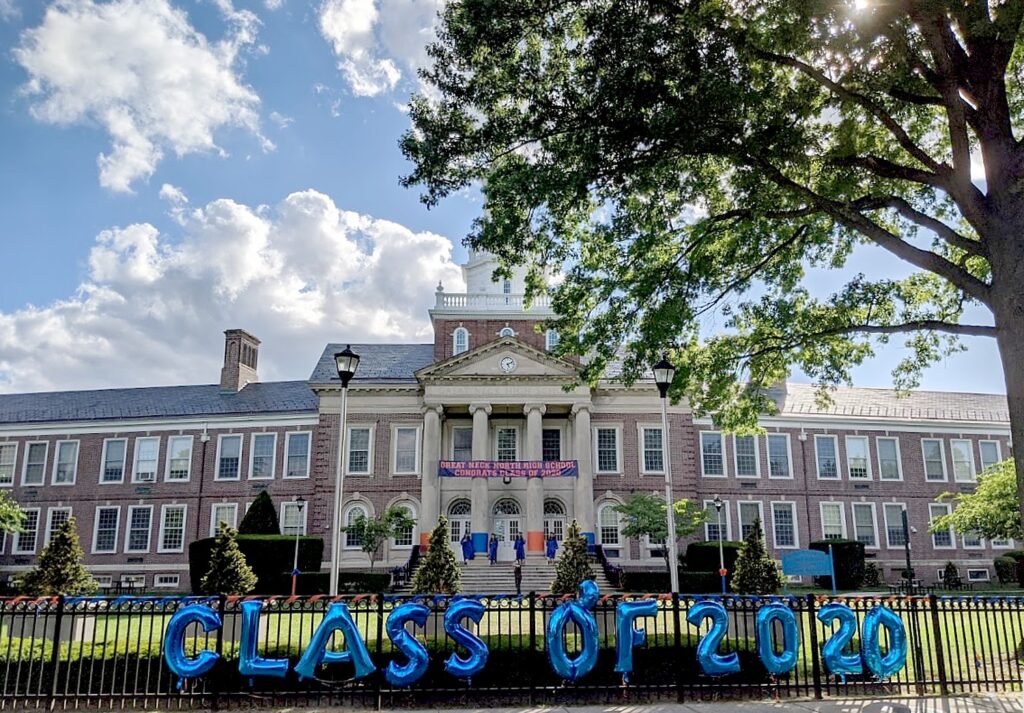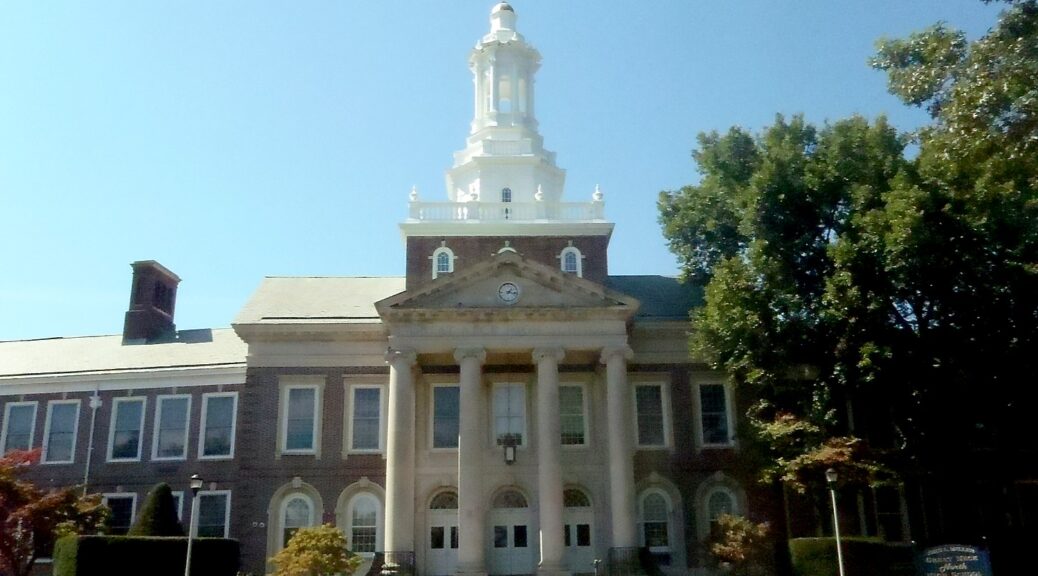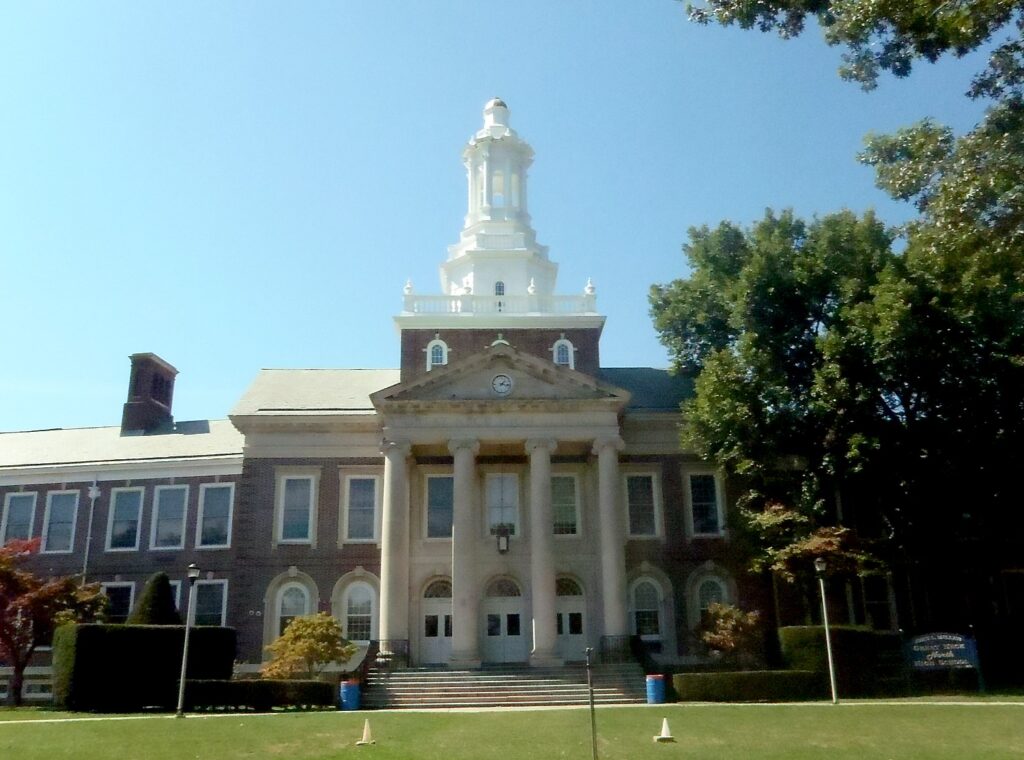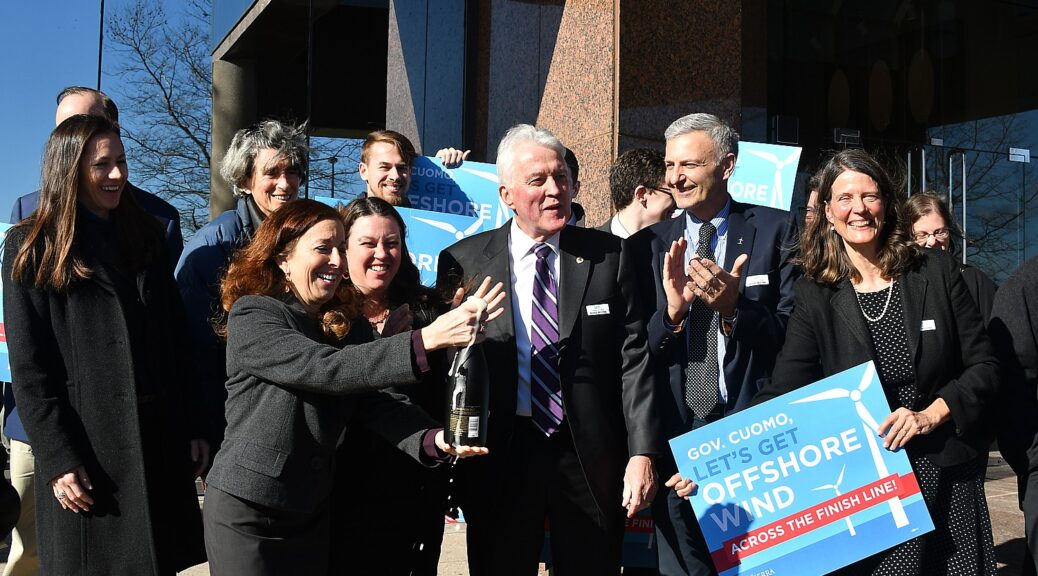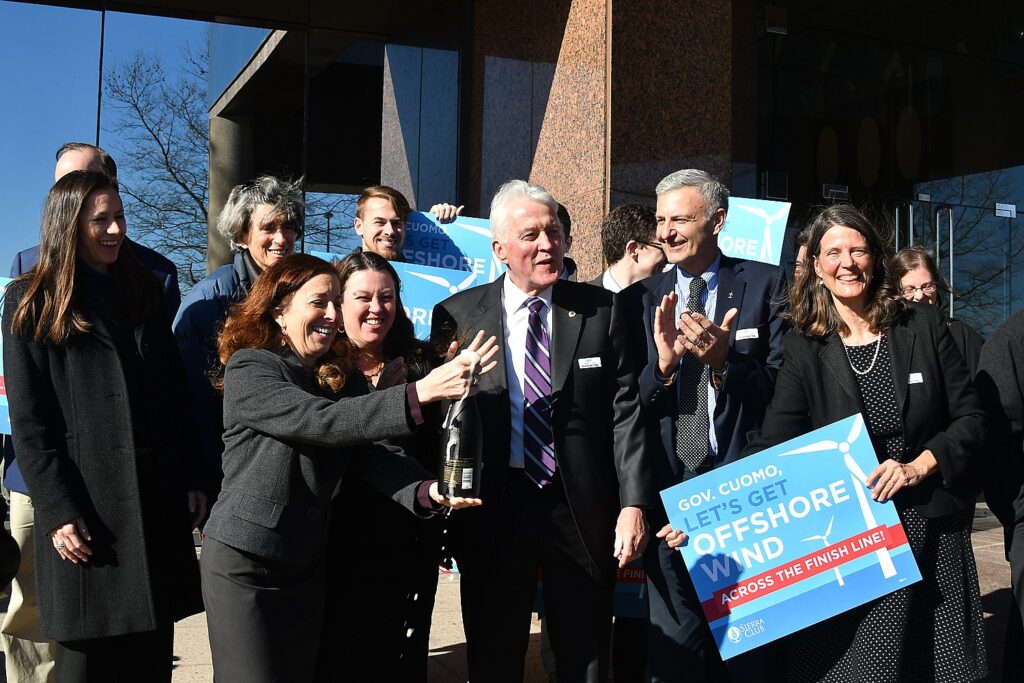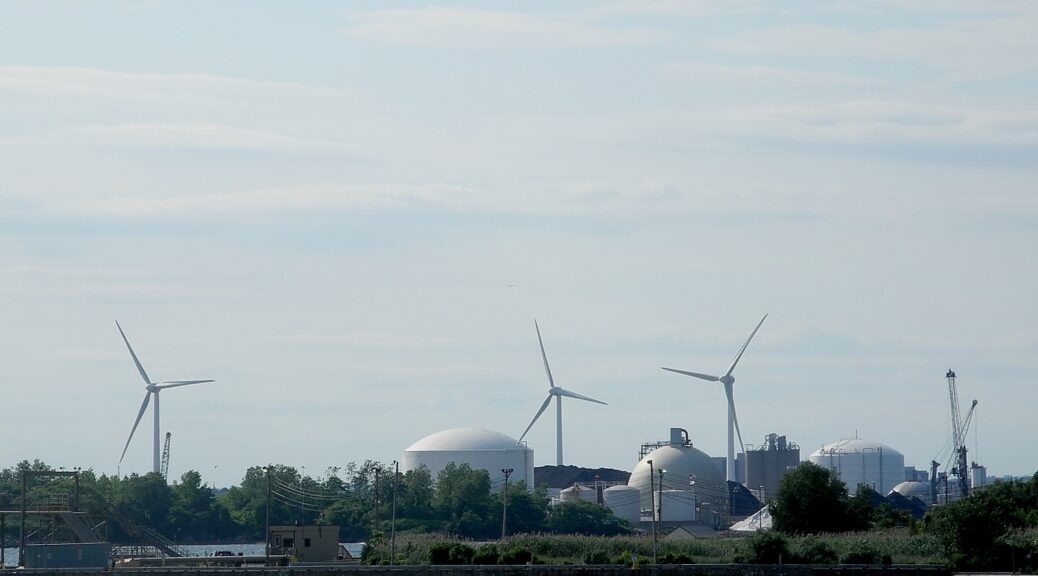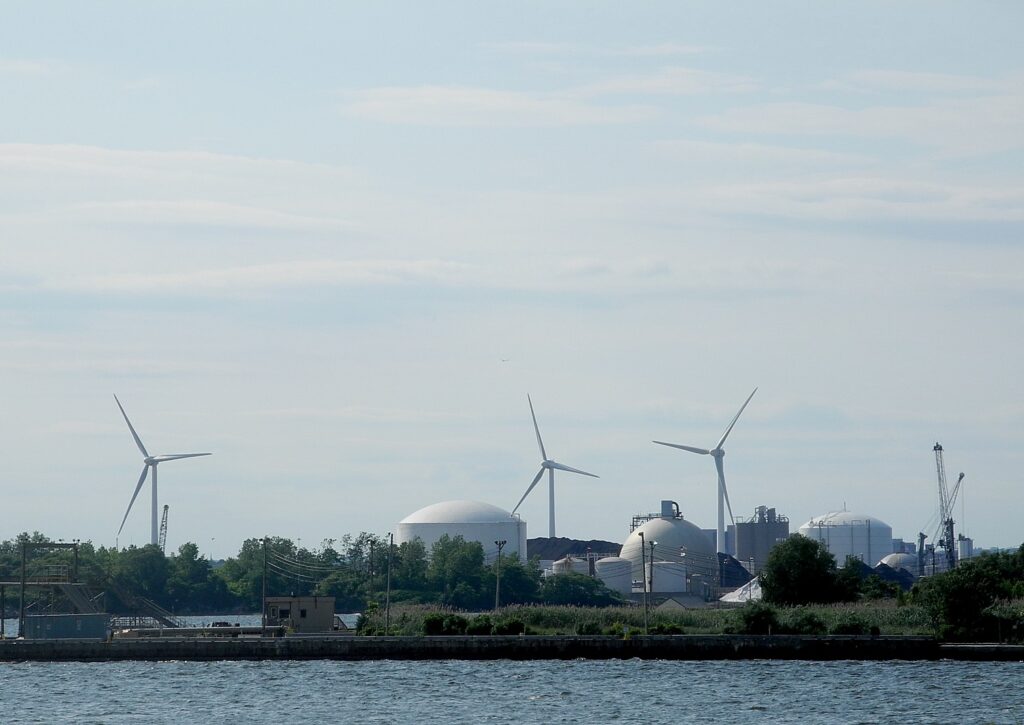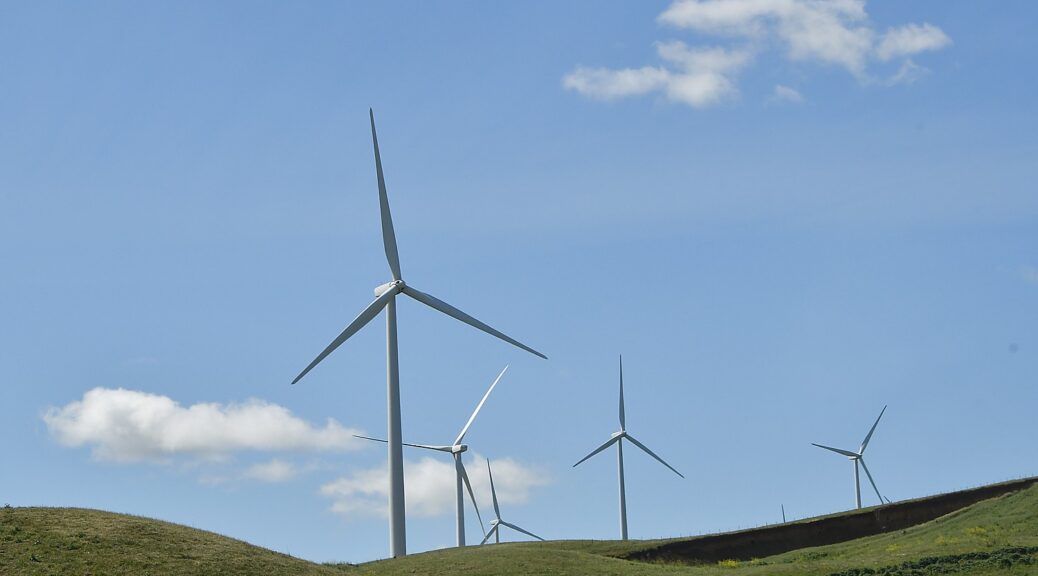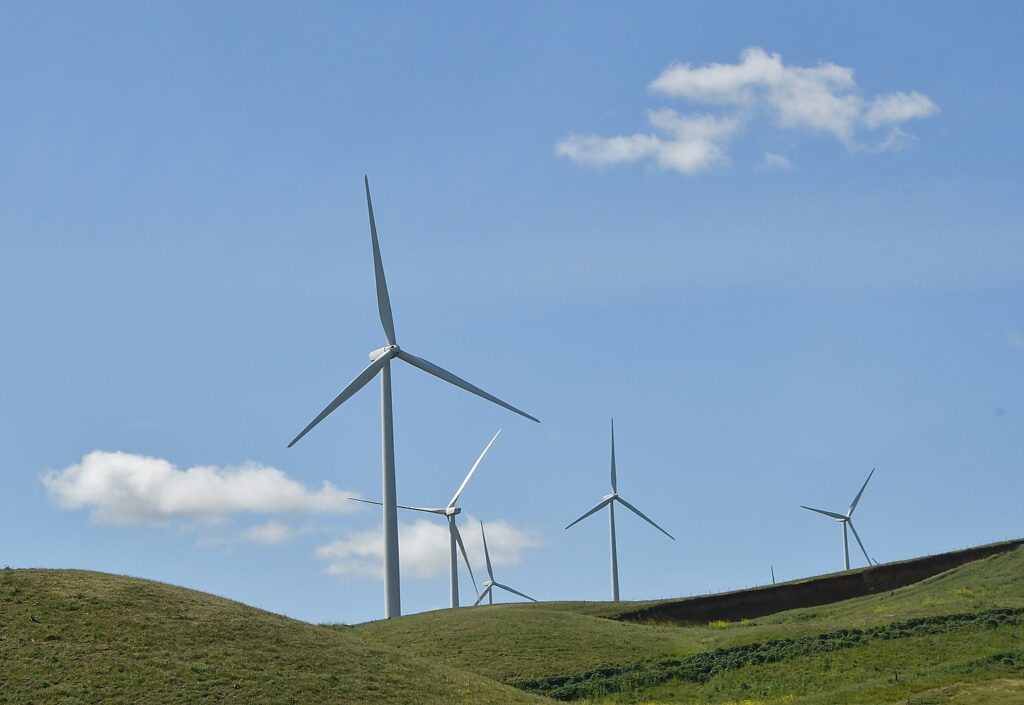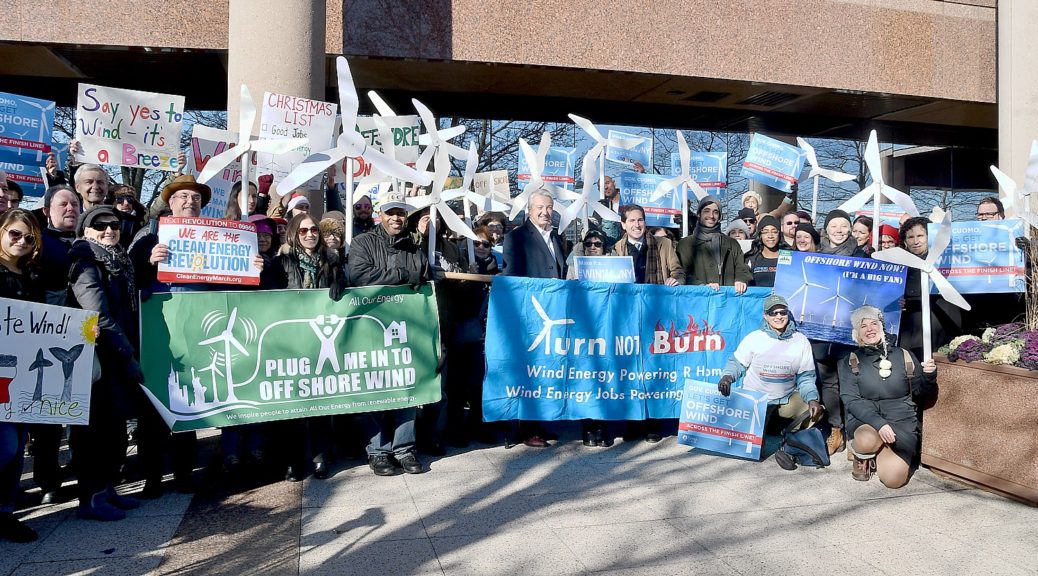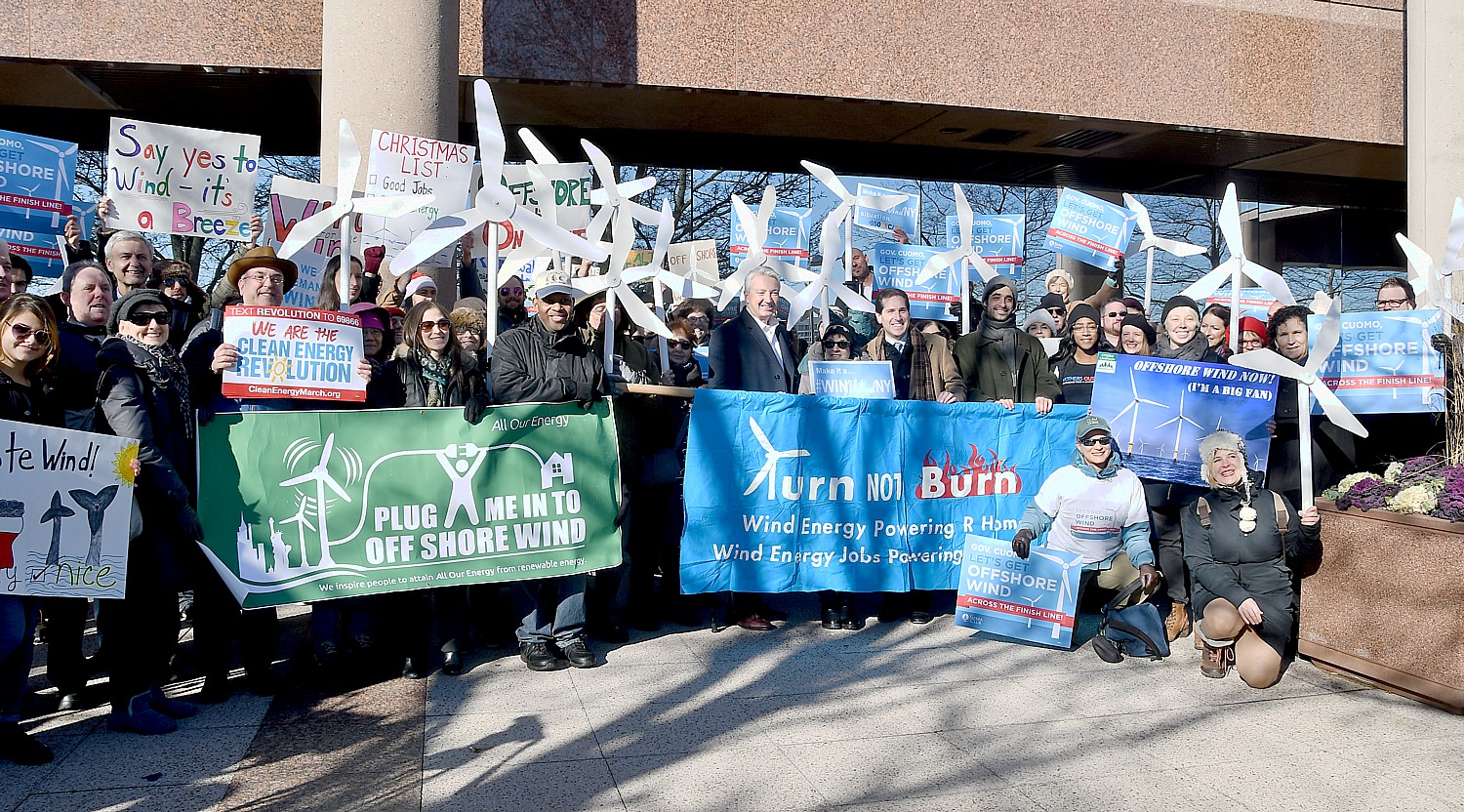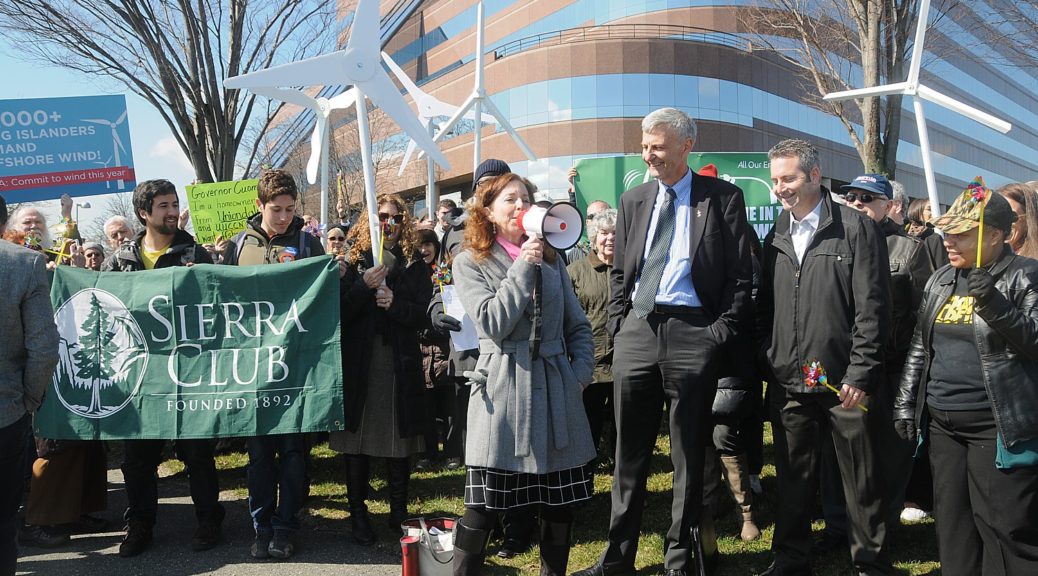This fact sheet on what the Biden-Harris Administration is doing to strengthen the electric grid, boost clean energy deployment and create jobs, and cut dangerous pollution from the power sector was provided by the White House:
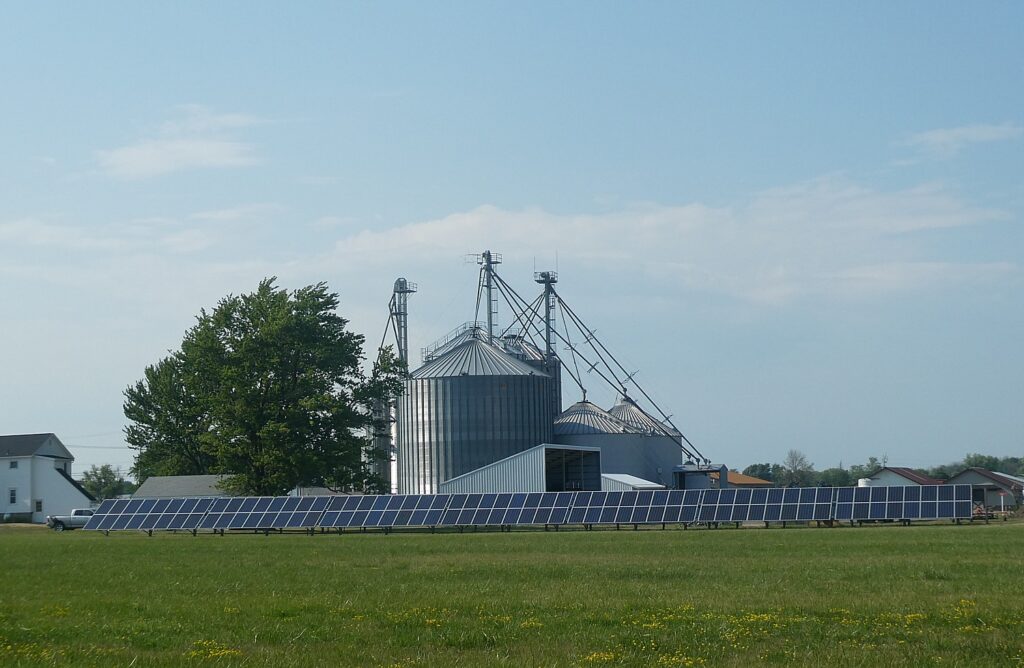
Since Day One, President Biden has led and delivered on the most ambitious climate and environmental justice agenda in history, including securing the largest-ever climate investment. The power sector, which is responsible for a quarter of annual U.S. greenhouse gas emissions, now has more tools than ever – including unprecedented financial support, efficient permitting, and long-term regulatory certainty – to reduce pollution and upgrade the grid to support more factories, electric vehicles, and other growing sources of electricity demand.
Today, the Biden-Harris Administration is announcing key actions to build on this momentum and deliver clean electricity to more homes and businesses, helping lower energy costs for American families and power the U.S. manufacturing renaissance driven by President Biden’s Investing in America agenda, while providing cleaner air and water to communities long overburdened by pollution from fossil fuel power plants.
The Environmental Protection Agency (EPA) is announcing a suite of standards to cut greenhouse gas emissions as well as toxic air pollution, water pollution, and land contamination from fossil fuel power plants. EPA’s greenhouse gas emission standards will avoid 1.38 billion metric tons of carbon pollution through 2047, equivalent to the annual emissions of 328 million gas cars, and together with the other standards will provide hundreds of billions of dollars in climate, environmental justice, and public health benefits, including fewer premature deaths, asthma cases, and lost work and school days. The standards announced today will ensure that power companies use modern, cost-effective technologies to reduce pollution and protect the health and wellbeing of communities, including communities historically overburdened by pollution.
The Department of Energy (DOE) is announcing up to $331 million through President Biden’s Bipartisan Infrastructure Law for a new transmission line that will be built with union labor – the latest awards from the Administration’s $30 billion investment in strengthening America’s electric grid infrastructure. A capacity contract from the Transmission Facilitation Program (TFP) will support a new 285-mile transmission line from Idaho to Nevada, bringing more than 2,000 Megawatts of needed transmission capacity to the region. The Southwest Intertie Project-North is expected to provide hundreds of jobs to workers with the International Brotherhood of Electrical Workers.
Alongside this critical investment, DOE is releasing a final rule to make federal permitting of new transmission lines more efficient, ensuring meaningful engagement with Tribes, local communities, and other stakeholders. The rule establishes the Coordinated Interagency Transmission Authorization and Permits (CITAP) program, which aims to improve coordination across agencies, create efficiencies, and establish a standard two-year timeline for federal transmission authorizations and permits. The CITAP program gives transmission developers a new option for a more efficient review process, a major step to provide increased confidence for the sector to invest in new transmission lines.
DOE is also issuing a final rule to create an even faster track for completing environmental reviews of upgrades to existing transmission lines, which will increase reliability and lower energy costs. The rule creates a categorical exclusion, the simplest form of review under the National Environmental Policy Act, for projects that use existing transmission rights of way, such as reconductoring projects, as well as for solar and energy storage projects on already disturbed lands.
Additionally, today, the Administration is launching an effort to mobilize public and private sector leaders to expand the capacity of the existing U.S. transmission network, setting an ambition to upgrade 100,000 miles of transmission lines over the next five years. The Administration has made funding available through the Grid Resilience and Innovation Partnership (GRIP) program to support upgrades to existing transmission lines, and DOE’s categorical exclusion issued today will speed up the process to upgrade existing lines. The power sector can achieve this ambition primarily by deploying modern grid technologies like high-performance conductors and dynamic line ratings that enable existing transmission lines to carry more power. As a complement to building new lines, deploying solutions like these offer fast and cost-effective ways to unlock hundreds of gigawatts of additional clean energy, increase system reliability and resilience, reduce grid congestion, and cut energy costs.
These efforts all work in tandem – historic investments from President Biden’s Investing in America agenda that are making America a magnet for clean energy investment; continued permitting progress to get projects up and running; and smart standards to provide rules of the road for power companies, enabling them to seize the unprecedented opportunities to deliver clean electricity across the country. These steps – which are part of a broader slate of Earth Week announcements – build on President Biden’s actions since Day One to tackle the climate crisis and advance environmental justice.
Upgrading the Electric Grid for Reliability and Resilience
President Biden’s Investing in America agenda is delivering the largest investment in grid infrastructure in history—more than $30 billion from the Inflation Reduction Act and the Bipartisan Infrastructure Law. These investments will help deliver reliable, affordable electricity to families and businesses, prepare for worsening natural disasters that strain the grid, and unlock the economic and environmental benefits of clean energy. To help expand the transmission system at the pace necessary to confront the climate crisis, today’s actions and additional recent steps will help streamline permitting and overcome financial hurdles:
- Completing a New Transmission Line: Today the Department of the Interior (DOI) is celebrating the completion of the Ten West Link transmission line from Arizona to California. The line began transmitting electricity today and will increase reliability and unlock more than 3,200 megawatts of capacity from solar projects. DOI approved the construction of this project in 2022.
- Continuing to Invest in Grid Upgrades: Last week applications closed for up to $2.7 billion in DOE grant funding under the second round of the Grid Resilience and Innovation Partnerships (GRIP) program for projects to upgrade and modernize the transmission and distribution system to increase reliability and resilience. This builds upon $3.46 billion in projects selected for grid upgrades in October 2023, which are funded by President Biden’s Bipartisan Infrastructure Law.
- Charting the Future of the Grid to Meet Emerging Challenges: Last week DOE released the 2024 Future of Resource Adequacy Report to lay out solutions to meet increasing electricity demand while cutting emissions and maintaining affordability. DOE also released the Innovative Grid Deployment Liftoff Report to chart pathways to deployment of modern, commercially available transmission and distribution technologies that could support 20 to 100 gigawatts of peak demand.
Revitalizing U.S. Manufacturing and Securing Clean Energy Supply Chains
Thanks to incentives from President Biden’s Inflation Reduction Act and Bipartisan Infrastructure Law, the clean energy future will be made in America. Under the Biden-Harris Administration, private companies have invested almost $80 billion in clean energy manufacturing. Strengthening U.S. clean energy supply chains not only benefits American workers but also makes it easier to deploy clean energy even faster to cut emissions. Recent actions continue the progress to build and secure domestic supply chains and ensure that the U.S. will lead the world in clean energy manufacturing:
- Expanding U.S. Clean Energy Manufacturing and Creating Good-Paying Jobs: The Treasury Department and DOE recently announced $4 billion in Inflation Reduction Act tax credit allocations for over 100 manufacturing projects across 35 states under the Qualifying Advanced Energy Project Tax Credit (48C). This includes projects to manufacture transformers and grid components, electric vehicle components and chargers, and transmission cables, produce clean steel, and process critical minerals and materials. These allocations include $1.5 billion for projects in historic energy communities that have experienced closure of coal mines and power plants.
- Securing the U.S. Nuclear Fuel Supply Chain: Last week, DOE announced several milestones on the path to establish a domestic fuel supply chain for nuclear energy and reduce our reliance on imports. DOE recently closed the requests for proposal to purchase high-assay low-enriched uranium (HALEU) needed for advanced nuclear reactors, which is part of a $700 million program secured through the Inflation Reduction Act. Moreover, an enrichment plant (located in Piketon, Ohio) produced the first 100 kilograms of civilian HALEU ever in the United States with future plans to expand to 900 kilograms. U.S. capabilities will increase further thanks to an additional $2.7 billion made available from the Bipartisan Infrastructure Law in the Fiscal Year 2024 Energy and Water Development, which, when paired with $2.2 billion from France and the United Kingdom meets and exceeds a commitment made last fall at COP28 to pool funds to develop a safe and secure global supply chain.
Deploying Clean Energy to Meet America’s Power Needs
The President’s Investing in America agenda has unleashed unprecedented investment in deployment of clean energy technologies, attracting hundreds of billions of dollars in private sector investment and creating over 270,000 new clean energy jobs. The Administration is taking additional steps to accelerate buildout of clean energy and remove roadblocks to deployment to ensure that new clean energy resources can come online fast to meet growing demand. Recent actions include:
- Accelerating Offshore Wind Deployment: Yesterday DOI announced plans for the next five years of offshore wind leasing, as well as a final rule to modernize offshore wind regulations. Over the next 20 years, the final rule is expected to result in cost savings of roughly $1.9 billion to the offshore renewable energy industry, savings that can be passed onto consumers or used to invest in additional job-creating clean energy projects. Additionally, DOE released the Offshore Wind Liftoff Report, charting a path to success for the next wave of projects through continued innovation and cost reductions, along with DOE’s latest steps to support offshore wind manufacturing and transmission development. Through these actions, the Biden-Harris Administration continues to support state leadership and use every tool available to responsibly grow an American offshore wind industry that will create thousands of good-paying jobs, including federal investments and approvals under President Biden’s leadership of 10 gigawatts of commercial-scale offshore wind projects, with the first two already providing power to the grid, as well as over 1 million acres newly leased to provide offshore wind opportunities for years ahead.
- Promoting Development of Renewable Energy on Public Lands: This month DOI issued a final rule to reduce fees for solar and wind projects on public lands by 80 percent and announced that DOI has now permitted more than 25 gigawatts of clean energy projects on public lands, surpassing a major milestone ahead of 2025.
- Speeding Up Process to Connect New Power Plants to the Grid: Last week DOE released the Transmission Interconnection Roadmap, a first-of-its-kind report laying out solutions to accelerate the process to connect clean energy projects to the grid and reduce wait times for new solar, wind, and battery projects. The Roadmap complements $10 million that DOE recently made available for analytical tools and other approaches to accelerate the interconnection process. Additionally, the Federal Energy Regulatory Commission is moving forward to implement a series of major transmission reforms, including a final rule to streamline the interconnection process.
- Taking Advantage of Extensive Geothermal Energy Resources: Last week DOI adopted categorical exclusions to expedite the review and approval of geothermal energy exploration on public lands. In addition, DOE recently released a new Pathways to Commercial Liftoff report on geothermal power, which showed how U.S. geothermal energy production could grow by a factor of 20 to 90 Gigawatts by 2050.
- Improving the State and Local Renewable Energy Siting Process: Last week DOE opened a funding opportunity for state-based collaboratives to build capacity to improve renewable energy planning and siting processes. This funding, supported by the Inflation Reduction Act, will accelerate the siting process to bring renewable energy online faster while improving outcomes for host communities, local governments, and disadvantaged communities.
Ensuring All Communities Benefit from Clean Energy
From Day One, President Biden has prioritized ensuring that all communities benefit from clean energy deployment, including the energy communities and workers that have powered our nation for generations and the low-income households that are burdened with high energy bills. The Administration has followed through on these commitments—not just talking about coal and power plant communities but investing in them. The President’s Investing in America agenda is creating good-paying and union jobs in energy communities, bringing solar energy to low-income households to reduce energy bills, supporting community engagement and improved outcomes for state and local permitting, and increasing grid reliability and resilience through distributed energy solutions. The President’s Justice40 Initiative sets a goal that 40% of the overall benefits of certain federal in climate, clean energy, and other investments flow to disadvantaged communities that have been marginalized by underinvestment and overburdened by pollution. Recent actions continue this progress:
- Reducing Energy Bills for Low-Income Households: This week the EPA announced $7 billion to deploy solar energy for low-income communities through the Solar for All program, funded by the Inflation Reduction Act. The 60 selections will provide funding to support 60 states, territories, Tribal governments, municipalities, and nonprofits to enable low-income and disadvantaged communities to benefit from solar, cutting annual electricity bills by more than $350 million for low-income households, creating an estimated 200,000 jobs, and increasing grid reliability.
- Deploying Clean Energy in Energy Communities: DOE recently announced up to $475 million for five projects in Arizona, Kentucky, Nevada, Pennsylvania, and West Virginia to accelerate clean energy deployment on current and former mine lands. The projects, supported by President Biden’s Bipartisan Infrastructure Law, will deploy geothermal, pumped-storage hydropower, solar, and battery storage and will spur new economic opportunities in communities that have helped power the nation for generations.
- Building Opportunities for Coal and Power Plant Communities to Continue Powering America: DOE recently released an information guide and technical study for communities and stakeholders who are considering replacing their coal plants with nuclear. Coal-to-nuclear transition can significantly reduce the cost of nuclear plant construction, while creating new high-paying jobs, increasing community income and revenue, and improving public health. DOE’s study found that, with adequate planning and training support, most workers at an existing coal plant should be able to transition to work at a replacement nuclear plant.
- Building a National Network to Finance Local Clean Energy Projects: This month the EPA announced $20 billion in grant awards under two competitions from the Greenhouse Gas Reduction Fund to create a national network to fund tens of thousands of climate and clean energy projects across America, especially in communities historically left behind and overburdened by pollution. One selectee, the Green Bank for Rural America, will help bring clean energy to rural America and energy communities, with a particular focus on Appalachia, helping ensure that the communities that have powered the nation for a century do not get left behind in the energy transition.
- Funding Microgrids for Tribal Communities: DOE recently announced a $72.8 million conditional commitment to fund a solar-plus-storage microgrid on the Tribal lands of the Viejas Band of the Kumeyaay Indians. This will reduce the cost of energy, power local commercial business, create 250 construction jobs prioritizing Tribal, minority and veteran-owned contractors, and enhance the Tribal energy sovereignty.
Advancing Environmental Justice: Through the Justice40 Initiative, 518 programs across 19 federal agencies are being reimagined and transformed to ensure the benefits reach the communities that need them most. Federal agencies are making this happen with the Climate and Economic Justice Screening Tool, which is used to identify communities that benefit from the Justice40 Initiative.

